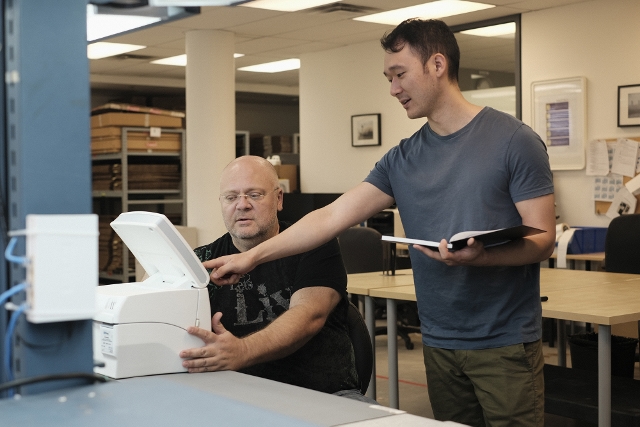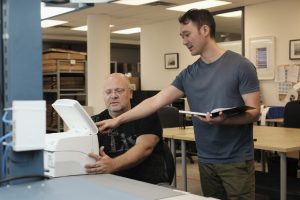
3 Tips to Get the Most Out of Observation Sessions
Observation can be a powerful tool. It allows industrial designers to better understand how a product will be used by different users in different environments.
Setting up an observation session can be quite time consuming. Finding the right participants and holding sessions is a lot of work. Here are three tips to make the most of your time.
Observe early and leave your biases at the door
There is tremendous value in observing users early on. Observation helps you spend resources efficiently from the start instead of learning hard and potentially costly lessons too late. Keep an open mind to avoid using an observation session to confirm your own biases. Remember that an observation session is a learning opportunity to see a product or process through someone else’s eyes.
You may ask “how can I watch a user interact with something that doesn’t exist yet?” Usually if you’re setting up a session early in the design process, it’ll be done using an older generation of a product or the product of a competitor. Often in medical device design we’re asked to design something that doesn’t exist yet. In that case it’s helpful to watch users interact with devices that have a similar workflow, or are ergonomically similar.
Early in my career, I was part of a team tasked with designing installation instructions for an outdoor decking product geared towards contractors. Our technical lead was an avid reader of technical instruction manuals who pushed to fill the user manual with as much information as possible. The end result was a double sided leaflet brimming with tiny illustrations and copy in 6 point font size. We received many complaints about the product failing due to improper installation. While trying to fix the problem, we observed users taking a brief glance at the wall of text and discarding the instructions altogether before using the wrong type of adhesive to install the product.
Had we taken the time to understand our users’ needs early on in the design process, we could have included a quick reference guide highlighting essential information.
Know beforehand what you’re trying to get out of the observation session
There are many ways to observe. Generally speaking, the type of observation session that is done early on in a project differs from the type of observation session that happens later. At the beginning, the purpose is to learn as much as possible about an existing product or process. In the final stages you may be required by a regulatory agency to use observation (among other tools) to confirm that your product is safe. If your time is limited, a contextual inquiry is a great way to start a project. This is where an observer can watch what’s being done as well as ask questions as to why things are being done a certain way. Usually done before design work has started, a contextual inquiry can produce valuable input for product requirements.

The image above shows a contextual inquiry being conducted. The participant walks through their usual workflow in a typical use environment while being asked questions.
Make your participants feel comfortable
If you are planning on standing nearby taking notes with a clipboard, it’s probably a good idea to start your session by explaining what you’re doing so your participants don’t feel awkward or act nervous. This tip is especially relevant to “fly on the wall” observations where an observer watches a participant work through a process without intervening or asking questions. It can be used as a tool to uncover user pain points with an existing product. “Fly on the wall” observations can also be used later on in a project to uncover new sources of use errors in an already designed product or one that is in the process of being designed.
As a student, my class was contracted by a human factors organization to look into improving hand hygiene in the healthcare environment. During a “fly on the wall” observation session we observed nurses going about their day in their work environment. This gave us a better sense of what it was like to be a nurse. Some of the students were met with apprehension and defensiveness. It turns out that not all the nurses understood what kind of work the students were doing. Some nurses were under the impression that they were being audited. This led to them masking behaviors that would normally have been observed.
Observation sessions are a great start and end to any design process. When planning your next project, be sure to include an observation session early on in the design process, take note of what you’re trying to learn from the session, and be sure to make your participants comfortable.
Tim Park is an Industrial Designer based in Toronto. His experience includes consumer and medical device products.
Images: Martin Par
Join over 6000 medical device professionals who receive our engineering, regulatory and commercialization insights and tips every month.
